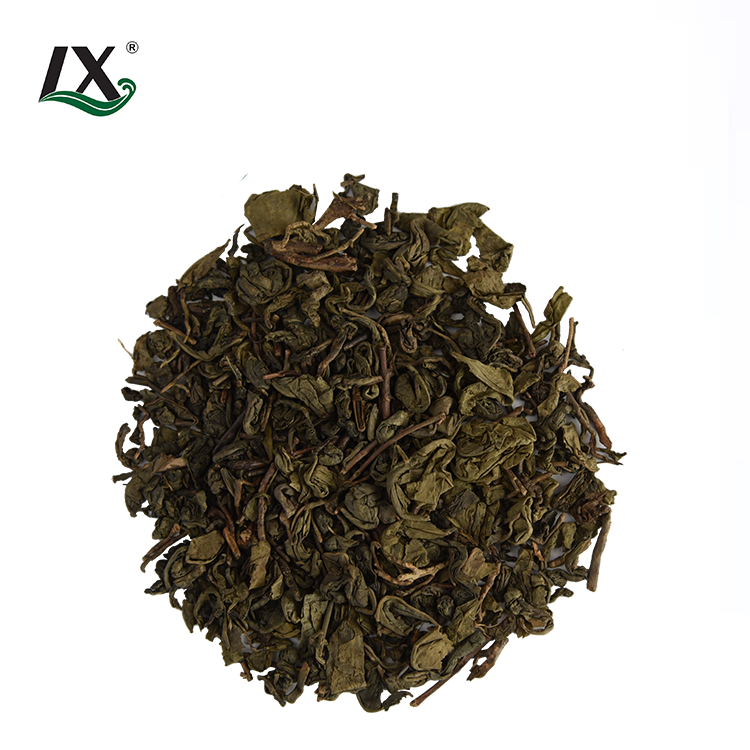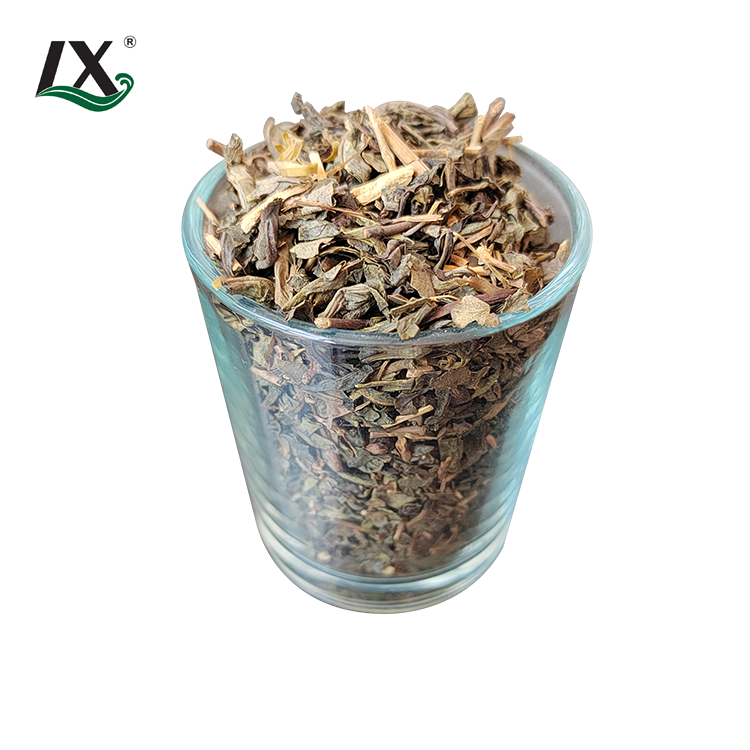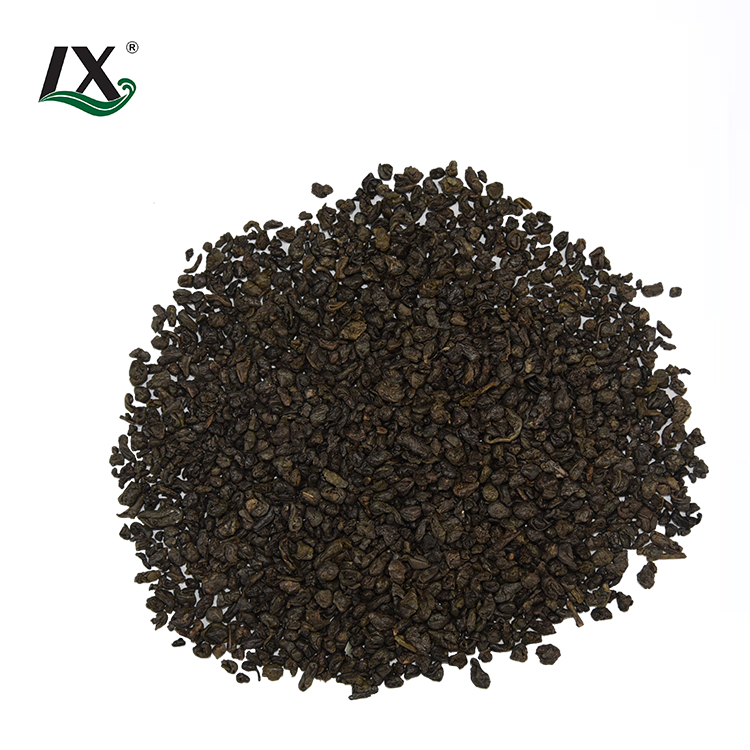The Ultimate Guide to China Tea Wholesale: Quality, Types, and Value
Tea is more than just a beverage in China—it's a cultural cornerstone that spans thousands of years of history. As the world's largest producer and exporter of tea, China offers a vast array of tea types that appeal to a wide range of tastes and preferences. Whether you are a tea enthusiast, a wholesaler, a retailer, or a business owner looking to break into the tea industry, understanding the quality, types, and value of China tea wholesale is essential.
Introduction to China’s Tea Culture
Tea holds a revered place in Chinese culture, making it one of the most significant cultural and agricultural products the country has to offer. Tea is a symbol of hospitality, respect, and cultural tradition across China. Tea cultivation and drinking have evolved over thousands of years, giving rise to many different types of tea with distinct flavors, processing methods, and health benefits.
Chinese tea culture isn't just about the leaves themselves—it's a social experience that encompasses the art of brewing and enjoying tea, as well as its significance in Chinese art, literature, and ceremonies. The importance of tea in China has influenced other countries, particularly in Asia, where tea has become integral to daily life.
China tea wholesale plays a crucial role in global tea trade. As one of the top suppliers worldwide, China offers a variety of tea options, from widely known types like green and black tea to rarer types like pu-erh. Whether you're an entrepreneur looking to enter the wholesale market or simply someone interested in exploring Chinese tea, understanding China’s tea culture will help you appreciate the wide variety of teas available and the importance of quality sourcing.
The Rich History Behind China Tea
Tea in China has a rich and storied history that stretches back over 5,000 years. According to legend, Emperor Shen Nong is credited with discovering tea when some tea leaves from a wild tree blew into his pot of boiling water. This simple accident led to the discovery of what would become one of China’s most celebrated beverages. Tea cultivation and drinking became widespread during the Tang Dynasty (618–907 AD) and played a significant role in the social and cultural fabric of Chinese society.
During the Song Dynasty (960–1279 AD), tea drinking became a more refined cultural practice, and specialized tea ceremonies were developed. The rise of the tea trade also began during this time, as tea started to spread beyond China’s borders, reaching Japan, Korea, and eventually Europe. Today, China remains the world’s largest producer of tea, and its tea trade has helped foster global connections.
China’s tea culture has evolved over the centuries, with different regions developing their own distinct styles of tea production, processing, and preparation. These regional differences contribute to the incredible diversity found in China tea types today. Understanding the historical context of tea in China allows wholesalers and retailers to appreciate the significance of each variety and the craftsmanship involved in producing premium-quality tea.

Understanding China Tea Types
China is home to an extraordinary range of tea types, each with its own unique flavor, aroma, and preparation method. The diversity of China tea types is a result of China’s varied climate, geography, and long history of tea cultivation. These factors have given rise to six primary categories of Chinese tea: green tea, black tea (known as "hong cha" or red tea), white tea, oolong tea, yellow tea, and pu-erh tea. Below, we dive deeper into each of these categories to help you understand the specific qualities and characteristics of the most popular Chinese tea types.
Green Tea
Green tea, like Private Label 4011 Chunmee Green Tea, is the most popular and widely consumed tea in China. It is made from fresh tea leaves that are quickly steamed or pan-fired to prevent oxidation, helping preserve their green color and fresh, grassy flavors. Green tea retains most of its antioxidants, making it a popular choice for health-conscious consumers.
Some of the most famous China tea types in the green tea category include:
- Longjing (Dragon Well): Longjing is one of China’s most beloved green teas, renowned for its delicate, smooth, and slightly nutty flavor. The tea leaves are pan-fired to preserve freshness, and the flat shape of the leaves is characteristic of this premium tea. Longjing is especially prized for its mild flavor and high-quality production.
- Biluochun: Another famous green tea, Biluochun is known for its floral and fruity aroma. It is grown in the Jiangsu province and is considered one of the most flavorful green teas available.
Black Tea (Hong Cha)
In China, black tea is referred to as "hong cha," which translates to "red tea" due to the reddish hue of the brewed tea. Black tea undergoes full oxidation, which gives it a strong, bold flavor that can range from malty and sweet to smoky and astringent.
Notable China tea types in the black tea category include:
- Keemun: Originating from Anhui province, Keemun is one of the most famous black teas, known for its rich flavor profile that combines fruity, floral, and slightly smoky notes.
- Lapsang Souchong: Famous for its bold smoky flavor, Lapsang Souchong is produced by drying the leaves over a pinewood fire, giving it a distinctive smoky aroma. This tea comes from the Wuyi Mountains in Fujian province.
White Tea
White tea is made from the young buds and leaves of the tea plant, which are carefully hand-harvested and dried. The processing is minimal, which helps retain the tea's natural sweetness and subtle flavors. White tea is known for its delicate taste and health benefits.
- Silver Needle: Known for its smooth, light flavor, Silver Needle is made from young, unopened buds and is considered one of the highest-grade white teas.
- White Peony: A slightly fuller-bodied white tea, White Peony uses both buds and leaves and offers a floral, slightly sweet flavor.
Oolong Tea
Oolong tea is partially oxidized, which means it falls between green and black tea in terms of flavor and color. Oolong tea is known for its complex, floral, and sometimes fruity flavors. The oxidation process is carefully controlled to achieve the desired taste.
- Tie Guan Yin: One of the most famous oolong teas, Tie Guan Yin is known for its rich floral fragrance and smooth, mellow flavor.
- Da Hong Pao: A highly prized oolong from the Wuyi Mountains, Da Hong Pao has a deep, roasted flavor that is highly sought after by connoisseurs.
Yellow Tea
Yellow tea is similar to green tea, but the leaves undergo a longer oxidation process, which imparts a smoother, less grassy flavor. Yellow tea is rare and highly prized due to its delicate, sweet taste and intricate processing method.
- Junshan Yinzhen: Known for its delicate sweetness and floral fragrance, Junshan Yinzhen is one of the best-known yellow teas.
- Huangshan Maofeng: This tea from the Huangshan region is aromatic and has a sweet, floral flavor with a smooth finish.
Pu-erh Tea
Pu-erh is a fermented tea that undergoes aging, which gives it a unique, earthy, and sometimes even woody flavor. Pu-erh can be categorized into two main types:
- Sheng Pu-erh (Raw Pu-erh): Raw pu-erh is less processed and matures naturally over time, developing a smoother taste.
- Shou Pu-erh (Ripe Pu-erh): Ripe pu-erh undergoes an accelerated fermentation process that gives it a more mellow and earthy flavor.

How to Source High-Quality China Tea Wholesale
Sourcing high-quality China tea wholesale requires an understanding of both the product and the supplier. Here are some key strategies to ensure you get the best quality tea for your business or personal collection:
Research Reputable Suppliers
Finding a reputable wholesale supplier is essential. Look for companies with long-standing experience in the tea industry and a proven track record of sourcing high-quality tea from China. Many tea suppliers offer transparency in their sourcing process and provide certifications to confirm the quality and authenticity of their products.
Understand Tea Grades and Quality Indicators
Tea comes in various grades, and the grade directly impacts the price and quality of the tea. Higher-grade teas are usually made from young, tender leaves, while lower-grade teas may include older leaves or stems. Be sure to inquire about the grade of tea you are purchasing, as this will influence both flavor and price.
Request Samples
Before committing to a large order, always request samples from potential suppliers. Sampling will allow you to assess the quality, taste, and aroma of the tea before making a bulk purchase.
Visit Tea Auctions and Trade Shows
Tea trade shows and auctions are excellent opportunities to interact directly with tea producers and suppliers. These events often feature a wide range of China tea types, and you can learn more about each tea's origin, processing methods, and quality.
The Benefits of Purchasing China Tea Wholesale
Purchasing China tea wholesale offers several advantages, including:
- Cost Savings: Wholesale prices are typically much lower than retail prices, making it an economical option for businesses and large-scale consumers.
- Access to Exclusive Teas: By purchasing directly from China, you gain access to rare and exclusive tea varieties that may not be available elsewhere.
- Custom Packaging Options: Many suppliers offer custom packaging services, allowing you to brand your products or create unique packaging designs for your customers.
- Consistent Supply: Reliable suppliers ensure a steady and consistent supply of tea, helping you maintain inventory levels and meet demand.
Evaluating the Value of China Tea Wholesale
When evaluating the value of China tea wholesale, consider factors such as quality, price, and supplier reliability. The best tea isn’t always the cheapest, and sometimes, paying a bit more ensures you are getting a superior product. Be sure to:
- Compare Prices: Don’t settle for the first supplier you find. Compare prices across multiple vendors to ensure you are getting the best value for your money.
- Assess Quality Over Time: Consistency in flavor, aroma, and texture is essential. Make sure your supplier can deliver the same high quality with every batch.
- Factor in Shipping Costs: Shipping costs can significantly impact the overall cost of purchasing wholesale tea. Make sure to factor these costs into your total budget.
Conclusion
Understanding the China tea wholesale market is essential for anyone involved in tea sourcing, whether for personal enjoyment, retail, or wholesale business. With such a rich history, a variety of types, and a diverse range of flavors, China offers something for every tea lover. By focusing on quality, choosing reliable suppliers, and leveraging the benefits of wholesale purchasing, you can enjoy the best China tea at a great value.
Use this guide as your stepping stone into the exciting world of China tea wholesale, and begin exploring the incredible diversity of teas that China has to offer.
















